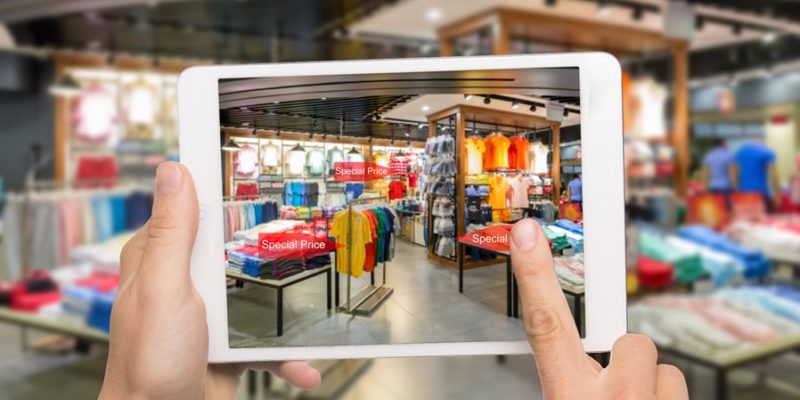Retail success in a highly interconnected, data-driven world requires a balance of multiple dimensions, including providing value to customers at the right time and in the right place, while also reducing friction, and increasing engagement. This is according to some of the findings in the ‘Future of retail’ e-book that contains insights from retail and consumer packaged goods experts recently published by global analytics leader SAS.
RELATED: Three ways retailers can continue their golden run in 2023
Online and digital are the fastest growing channels for retailers globally. This means resilience of the supply chain is critical to deliver the outcomes that customers have come to expect of a digital marketplace. As part of this, the customer experience which is driven by instant gratification means retailers are finding it challenging to grow sales while still remaining profitable.
“Technology plays a significant role in accelerating the shift to refocus on a connected environment. Increasingly, retailers will come to rely on the value of automation and modelling with artificial intelligence while also leveraging the cloud to better analyse the rapid increase in data points. Fundamentally, this requires retailers to move away from their siloed approach to business. Instead, the focus will be on benefitting from the richness that integrated data across the organisation can provide,” says Antonio Calvo, senior manager, Global Retail and CPG Practice SAS.
Prioritising sustainability
Beyond providing an enhanced customer experience, retailers must also content with consumers who are expecting stores and brands to lower their carbon footprint and improve sustainability. One of the ways retailers can do this is to reduce the use of carbonised energy in manufacturing and logistical processes. For instance, using electric trucks powered by solar energy or buying at local suppliers rather than purchasing from overseas.
Another way to promote sustainability is to improve the efficiency of the manufacturing and supply chain processes. Supply chains, even very efficient ones, generate a significant amount of waste. Focusing on manufacturing and supply chain efficiency enables the retailer to improve both profitability and sustainability.
“Underpinning this is to use analytics that can deal with the complexities of the modern retail environment. Forecasting and process optimisation are two of the benefits of getting a better understanding of the data already available to retailers. In fact, retailers are sitting on a gold mine of data waiting to be examined, understood, and exploited to benefit both the organisation and its customers,” adds Calvo.
Read the full results and the rest of the trends in the SAS ‘Future of retail’ e-book here.





























